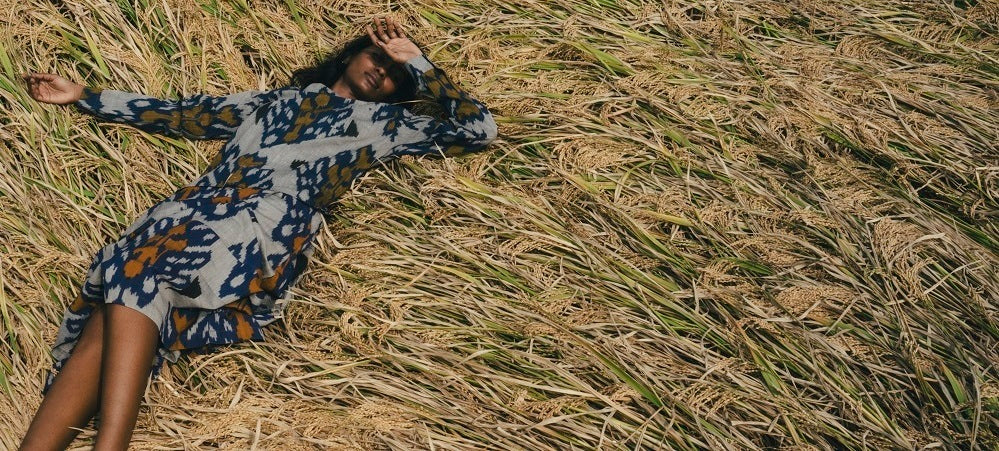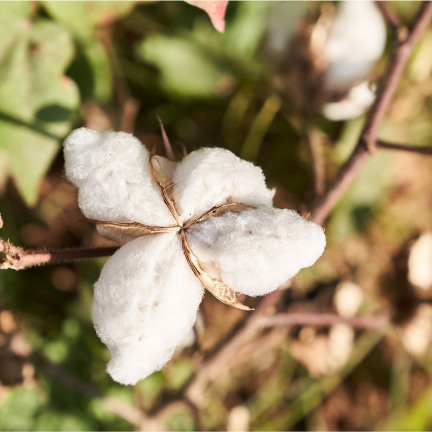The Tamil season Mudhuvenil kaalam falls on Vaigasi and Aani tamil months corresponding to the late summer months of mid May to mid July.

Being the hottest season of the year, our weather reports caution us the peak summer days as “kathiri veyyil” or “agni natchathiram”, the 15 hottest days, which usually falls in May. Buttermilk is given out in stalls on the streets and pushcarts are heaped with tender coconuts and palm fruits.
As the sun scorches down, school students get their annual two month vacation in the mudhuvenil kaalam. It is customary for teachers to shower them with advice to drink enough water to stay hydrated. Hours on end they play on the streets, pillaging for mangoes unbitten by squirrels even when everyone knows that squirrel bitten mangoes are the sweetest.

One of the hottest temperatures in India this year of 43°C was recorded in Erode, where the Oshadi collective is situated. With about 95 farmers sowing cotton over 130 acres of land, how do they tackle such hot weather? According to farm manager Vaishali, workers directly involved in field work avoid the hottest hours by working only in the mornings and in the evenings. Farm workers have holidays on Sundays and on other government holidays which, despite being one of the fundamental human needs, is uncommon in the agriculture sector. Their cows, which provide manure, are showered with water every three days to cool off.

At the Oshadi collective, it is customary to provide snacks and tea to all the workers. As a respite during the summer months, they switch from tea to the cool buttermilk with pieces of cucumber.
Buttermilk (Moru) is a hydrating drink made from curd and it is a staple in summer months, often enhanced with coriander, ginger, cumin or chillies. It remains an unmatched thirst quencher in TamilNadu.

Mudhuvenil kaalam is the most exciting season for cotton farming. The cotton seeds sown in pinpani kaalam (mid Jan to mid March) form the cotton bolls in these months and later burst to be harvested. At this stage of plant growth the shoots of the cotton plant are cut, called topping, to reduce plant height and to make the plants more bushy. This process increases the boll yield and the quality of cotton. As the formed cotton bolls become a primary target for pests, protecting them with pest repellents is one of the primary farm duties this season.
At the Oshadi collective we use a homemade eco-friendly spray made of ginger, garlic and green chili, called the 3G extract, to keep the pests at bay.
If the summer monsoon rains down, they wait a few days for the burst cotton bolls to dry up before harvesting. This is to prevent mold formation in the picked cotton.
Mudhuvenil kaalam is also signified by the abundance of mangoes and jackfruits.

Every tree we pass by boasts its summer bounties, markets echoing so many different varieties from imam pasand to alphonso. As one of their guard dogs, also named Cotton, brushes by us joyfully, Vaishali takes me for a stroll through the mango grove neighbouring their cotton farm. A few bunches of mangoes barely hang on as she explains that the first harvest of mangoes were equally distributed among their 130 employees. Their community focused approach reflects in all the little details of their everyday life.
- Written By Sangami GS












